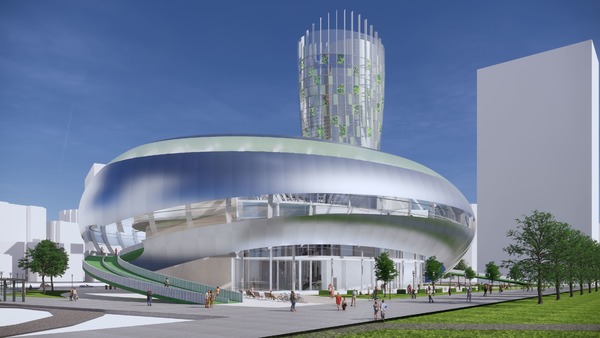In my architecture thesis, I explored the potential of sustainable facade systems. The idea of integrating living facade into architecture can enhance the quality of the urban environment. They are the ecological machines that reduce carbon in the atmosphere and potentially provide food and energy, benefitting both the environment and people. The world has been looking for an alternative energy source to replace fossil fuels. The fact that fossil fuels greatly contributing to climate change, they are non renewable resource that will eventually run out. Algae bioreactor facades is deemed to be the most cutting edge living facade with sophisticated technology to product natural energy, food material and carbon sequestration through photosynthesis.
The project will explore how algae facade system can be integrated into buildings and urban environment to create a self sufficient ecosystem. It aims to provoke the discussion of using algae to tackle air pollution in high density cities. The architectural proposal consists of algae farming facilities, power plant, community space and an air purifying tower. The concept is tested in Kai Tak which is a new town development in Hong Kong. As a former airport site surrounding with high density developments and industrial buildings, it provides an abundant space to house these infrastructures for urban air purification. The design strategy of infrastructure adds value to the new town development, providing users such as visitors and researchers opportunities to experience, explore and to be enlightened. Besides air pollution, the project response to the elevating waste issue in cities. Through innovative ways of treating waste, the architecture engages people to develop a lifestyle of recycling waste.


